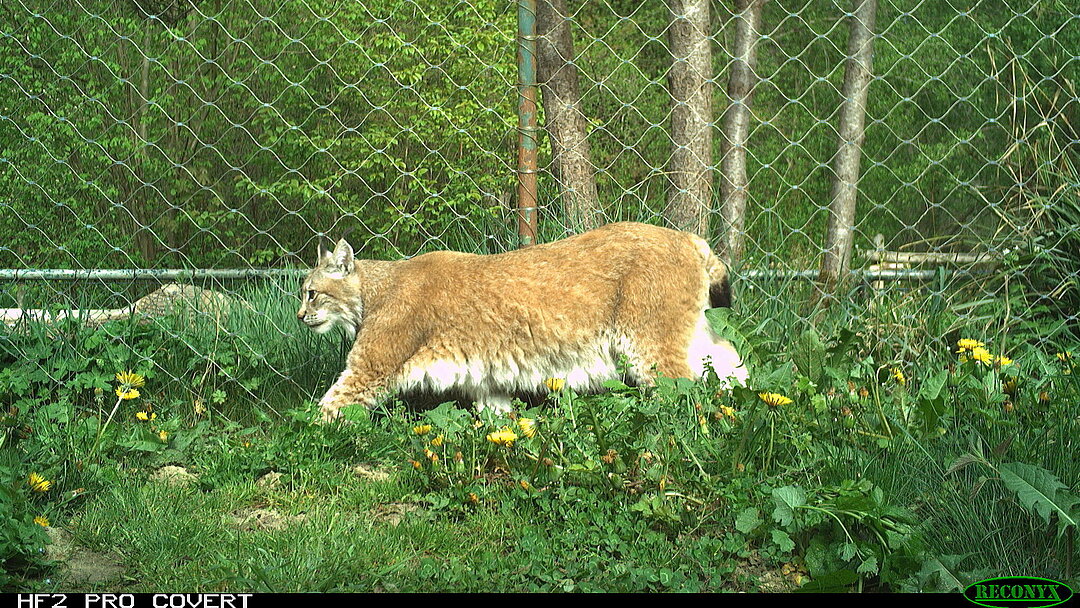
In a recent research project at Hellabrunn Zoo, the female lynx Mia was placed under special observation: A wildlife camera was hung up in her facility, which took pictures every time Mia walked past it. The study was conducted by the Snow Leopard Trust, a species conservation organisation dedicated to protecting the endangered snow leopard, lynx and other wild cat species.
These species all have one thing in common: They are very difficult to observe in the wild due to their secretive nature. Researchers therefore use self-triggering wildlife cameras to determine the occurrence of such species in a specific area and to monitor their populations. The challenge, however, is to determine the exact number of animals of each species - after all, the same individual will most likely pass the camera again and again. Cat species such as the lynx have individually unique coat patterns that can help identify individuals from pictures.
Researchers use a computer program to assist them in identifying which images show the same animal – a task that can be even further complicated by the time of day or photography angle. This is where the zoo comes into play: "Unlike in the wild, we can be sure that all the images from the wildlife camera in the lynx enclosure always show the same animal, namely our Mia," says Jonas Homburg, a volunteer zoologist at Hellabrunn Zoo. As a member of the Science and Research Working Group of the Association of Zoological Gardens (VdZ), he oversees and supports research projects at the zoo and also placed the camera in the lynx enclosure. “If many zoos were to take pictures of their lynx in this way, a reference database could be created that the computer algorithm could use to learn to reliably distinguish individuals. This is a good example of research work that can only be carried out in a zoo, and which provides essential knowledge for the protection of animals in their natural habitat."
This combination of ex-situ and in-situ projects is also applied in another study in which Hellabrunn Zoo plays a key role. As part of the Eurasian lynx breeding programme, genetic screening is being conducted for lynx kept in zoos. For this study, fresh droppings from the lynx Mia were collected and preserved in ethanol so that the DNA can be examined at the Senckenberg Research Institute. The results of the analysis will enable the researchers to determine the geographical origin of the lynx, put together compatible new breeding pairs and select animals particularly suitable for reintroduction projects.
Due to overhunting and habitat loss, the lynx became regionally extinct in most of Western and Central Europe by the mid-20th century. However, in recent decades, initiatives such as reintroduction programmes using zoo-born or captive-breed animals have seen the species successfully resettled in regions such as the Harz Mountains in Germany.
Zoo Director Rasem Baban is pleased with Hellabrunn Zoo's participation in the studies and emphasizes the importance of research in zoos: "Zoos and animal parks can facilitate scientific research that may otherwise be difficult to carry out. This not only yields new findings, but also makes an important contribution to the conservation of endangered species in their natural habitats.”